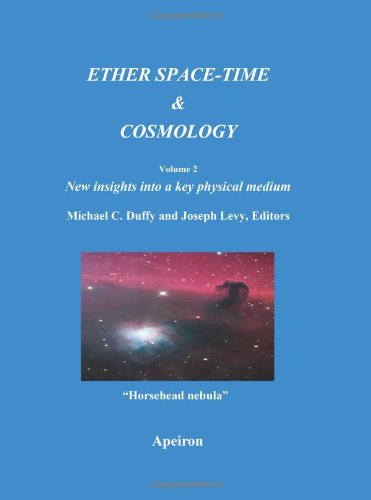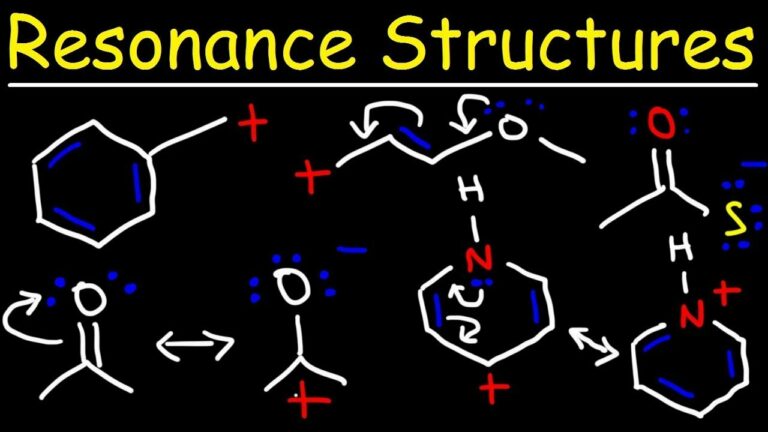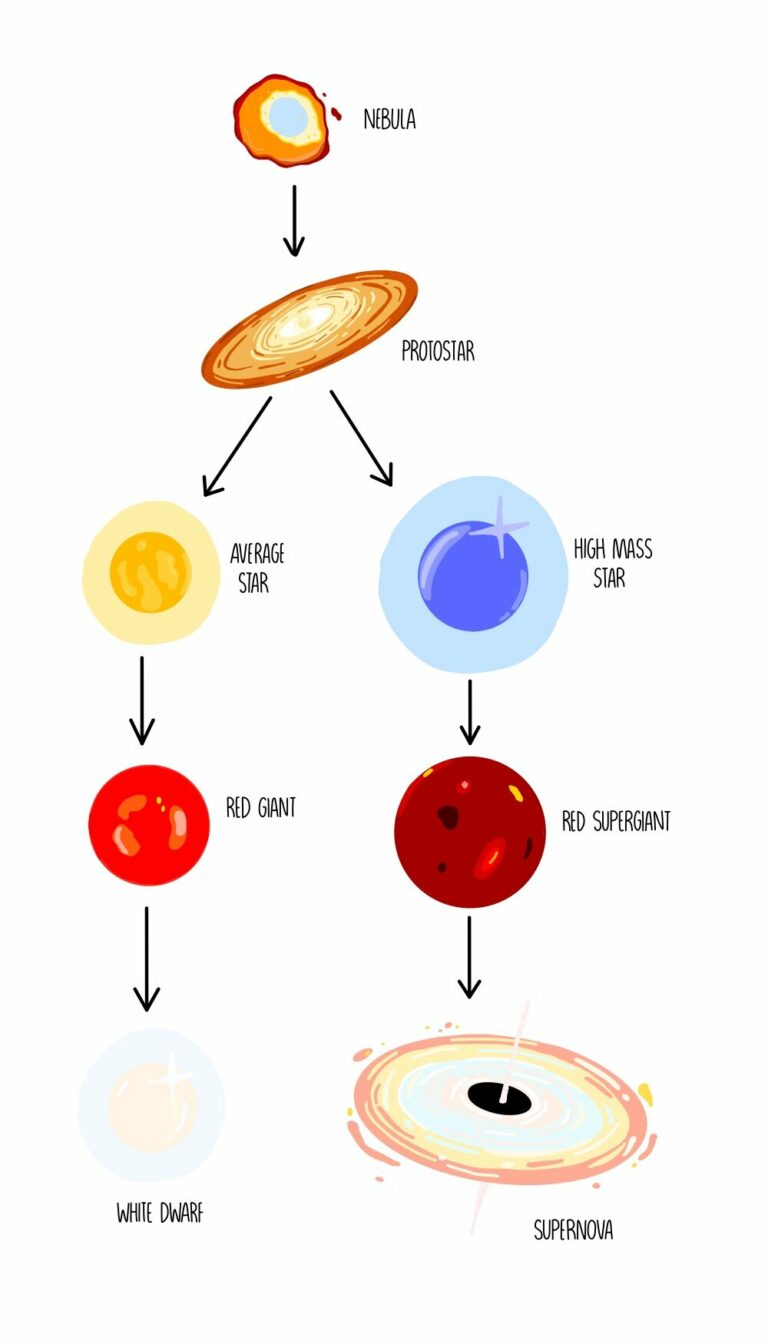
Studying the Spectrum
Source: www.teachers-tools.com Introduction What is a spectrum? A spectrum refers to the range of colors that light can be spread out into. When light passes through a prism or a diffraction grating, it can be separated into…

Source: www.teachers-tools.com Introduction What is a spectrum? A spectrum refers to the range of colors that light can be spread out into. When light passes through a prism or a diffraction grating, it can be separated into…

Source: sites.northwestern.edu Introduction Nucleosynthesis is a fundamental process that occurs within the centers of atoms, where new atomic nuclei are created from protons and neutrons. This process first took place shortly after the Big Bang, when a…

Introduction Connecting Multiple Phases The concept of multiple phases in electrical systems The concept of multiple phases in electrical systems refers to the use of three separate alternating currents, commonly known as three-phase electric power. This type…

Source: www.astronomy.com Introduction The study of gas and dust interactions in space is crucial for understanding the formation and evolution of celestial objects such as nebulae. Gas and dust play essential roles in the formation of stars,…

Source: cdn.sci.esa.int Introduction Studying the process of star formation is an intriguing and important field of research in astronomy. Stars, the most fundamental building blocks of galaxies, are born within clouds of dust and can be found…

Source: pictures.abebooks.com Introduction Cosmology, the study of the universe and its fundamental laws, has played a significant role in shaping our understanding of the cosmos. From ancient beliefs to modern scientific approaches, cosmology has provided insights into…

Source: i.ytimg.com Introduction to Resonance Definition of Resonance Resonance is a concept used in chemistry to describe the delocalization of electrons within certain molecules or polyatomic ions. It is a way to represent the bonding that cannot…

Source: static.wixstatic.com Introduction to the Solar System Overview of the Solar System and its components The Solar System is a vast and fascinating place, consisting of the Sun, planets, moons, asteroids, and comets. It is the only…

Source: slideplayer.com Introduction Evolutionary theory is based on the fundamental concepts that life has changed over time and that different species share common ancestors. These ideas are supported by various lines of evidence that allow scientists to…

Source: learndatamodeling.com Introduction Overview of Categories and Subtypes Categories and subtypes are essential components in data modeling and categorization. Subtypes refer to a subset of features within a feature class or objects in a table that share…

Source: images.squarespace-cdn.com Introduction to Stellar Evolution Definition and significance Stellar evolution refers to the process by which a star changes over its lifetime. This process is influenced by various factors, including the mass of the star. Depending…
Source: assets.newatlas.com Introduction Observing and detecting play crucial roles in various fields, ranging from scientific research to everyday life. The ability to carefully observe and gather data is not a natural talent but a skill that must…